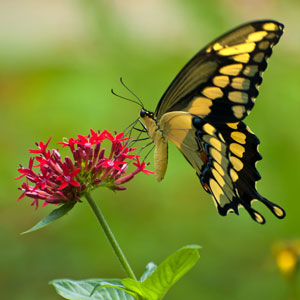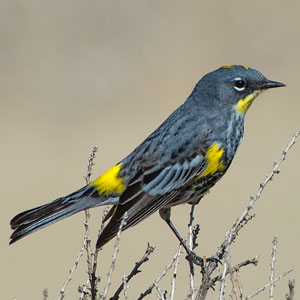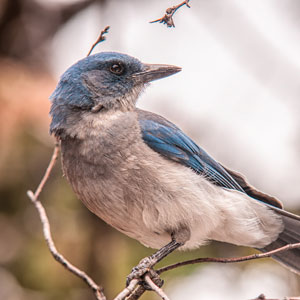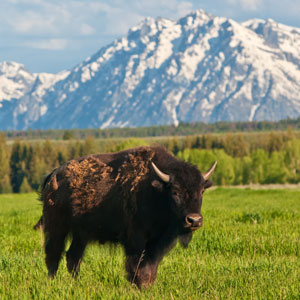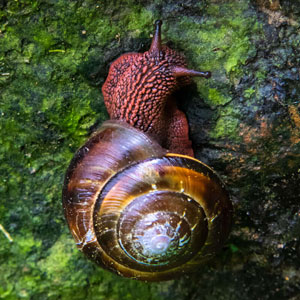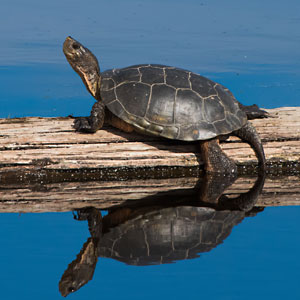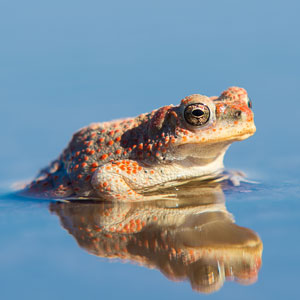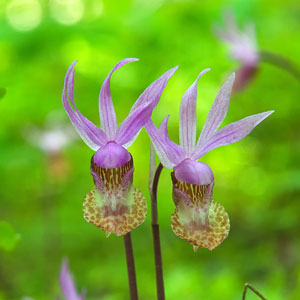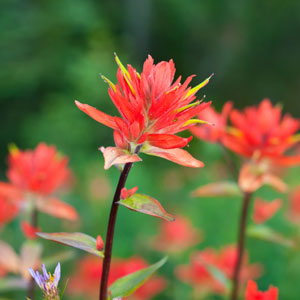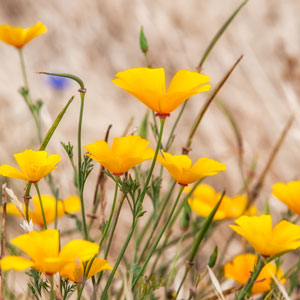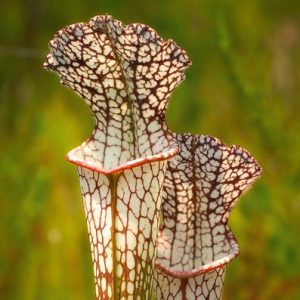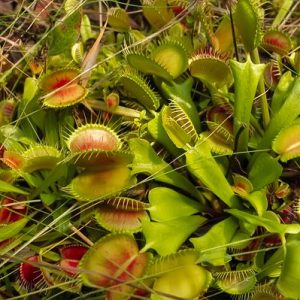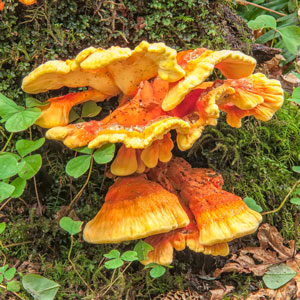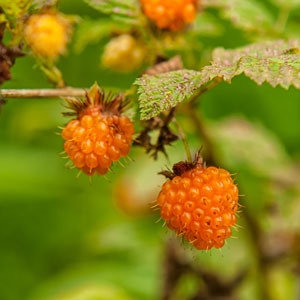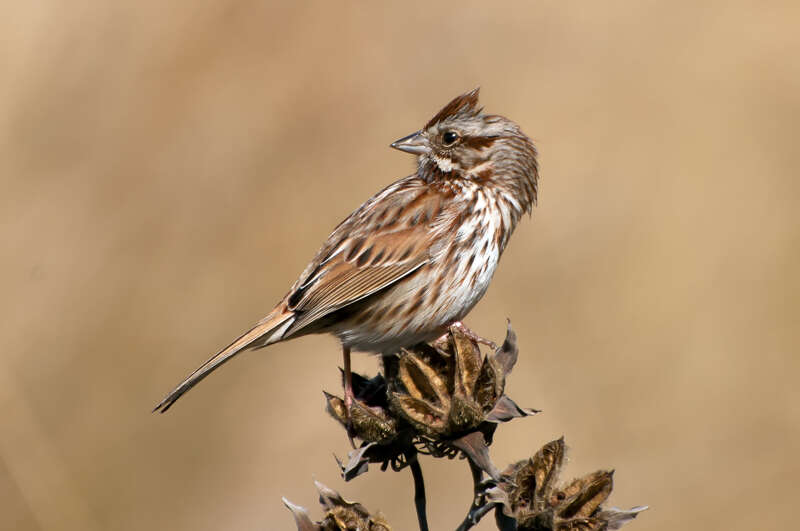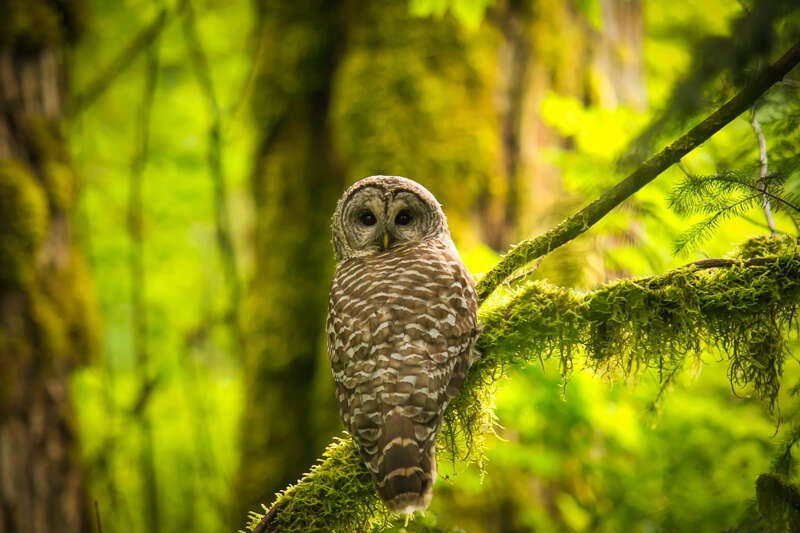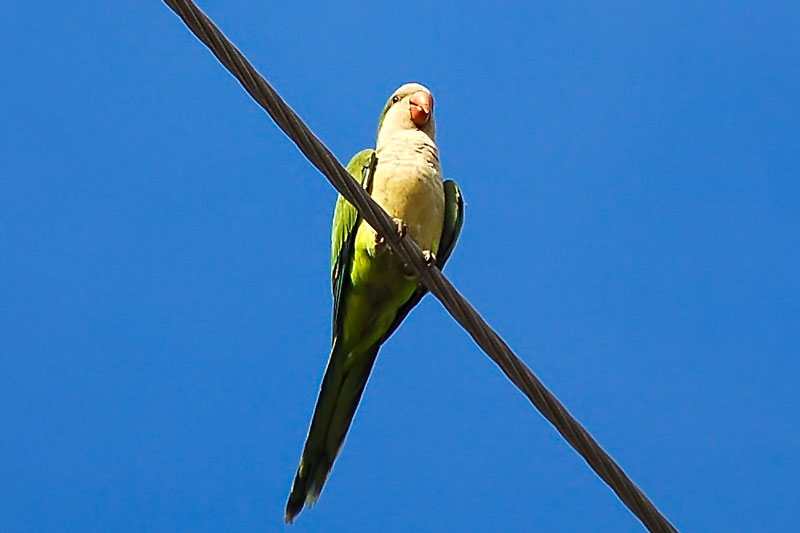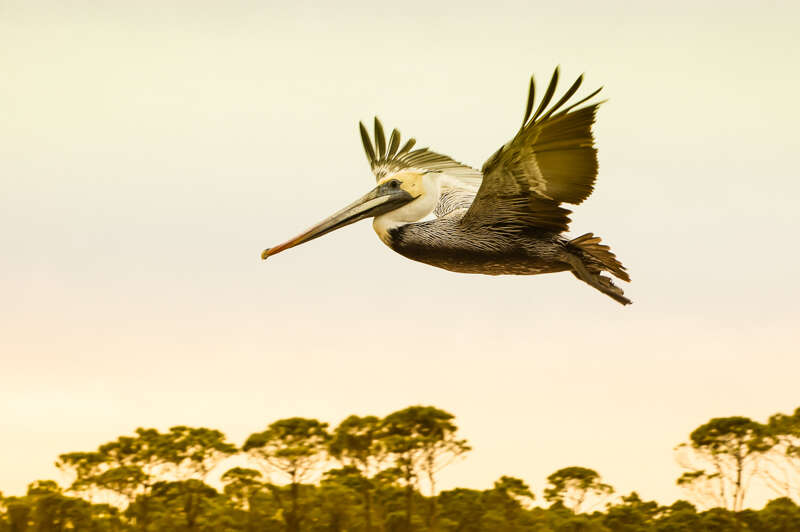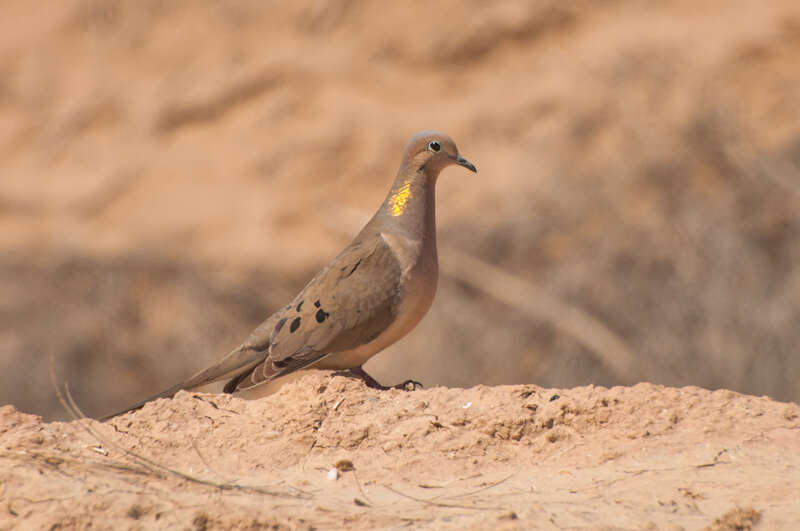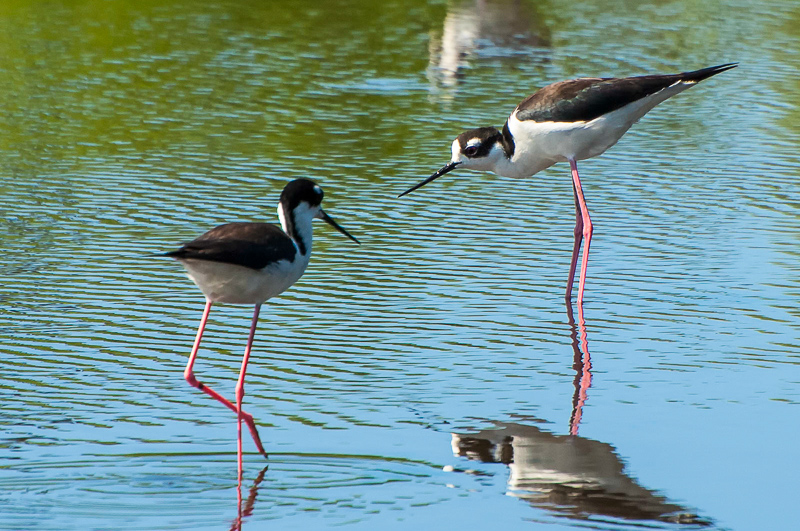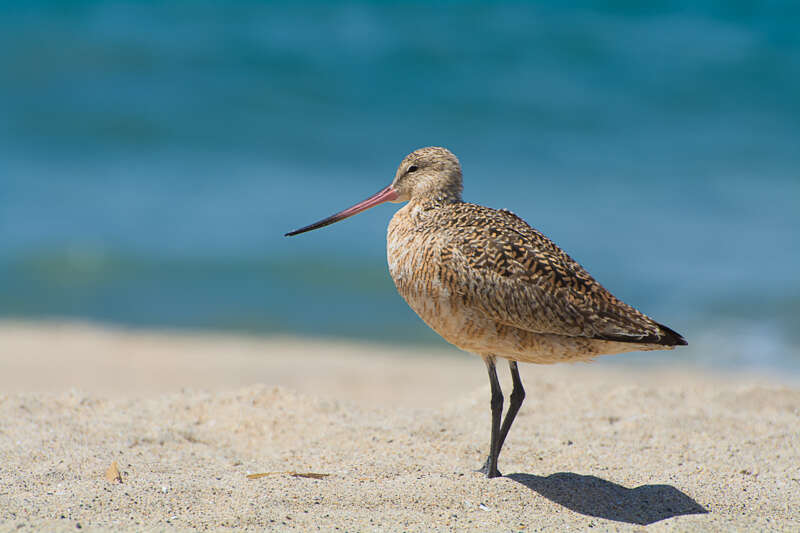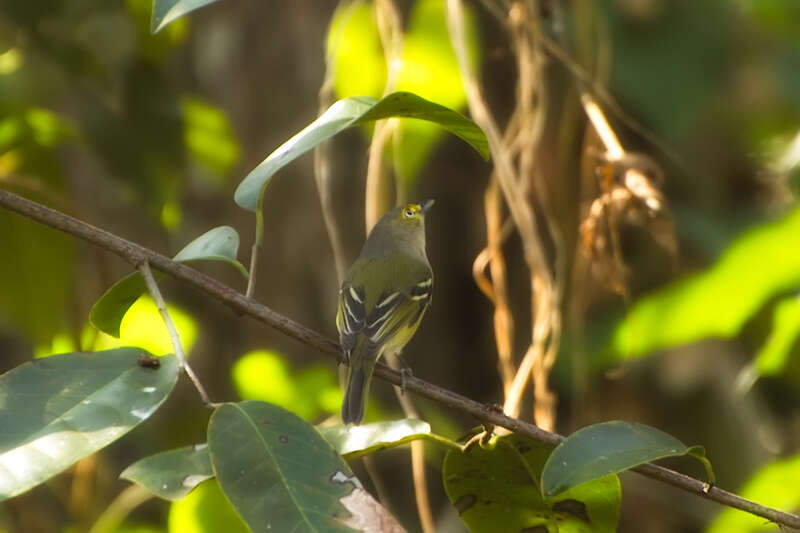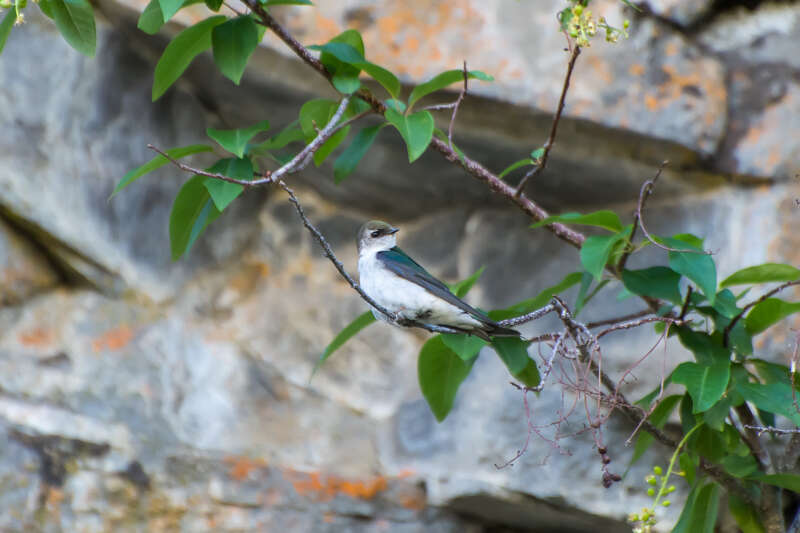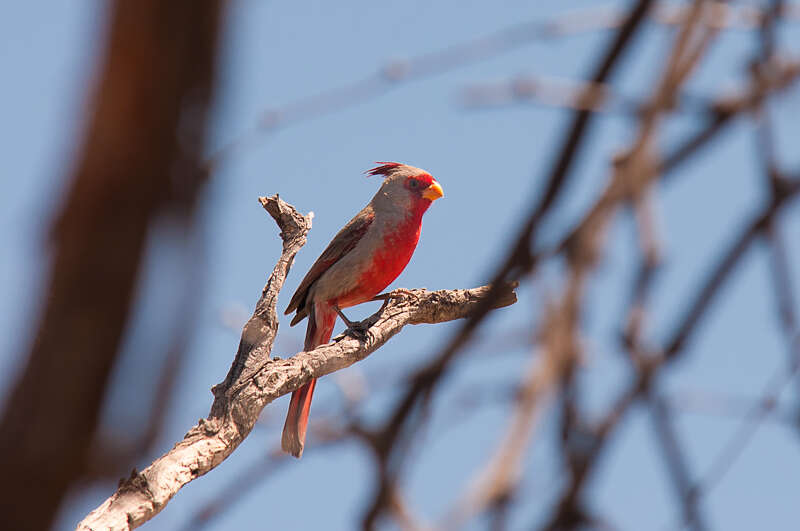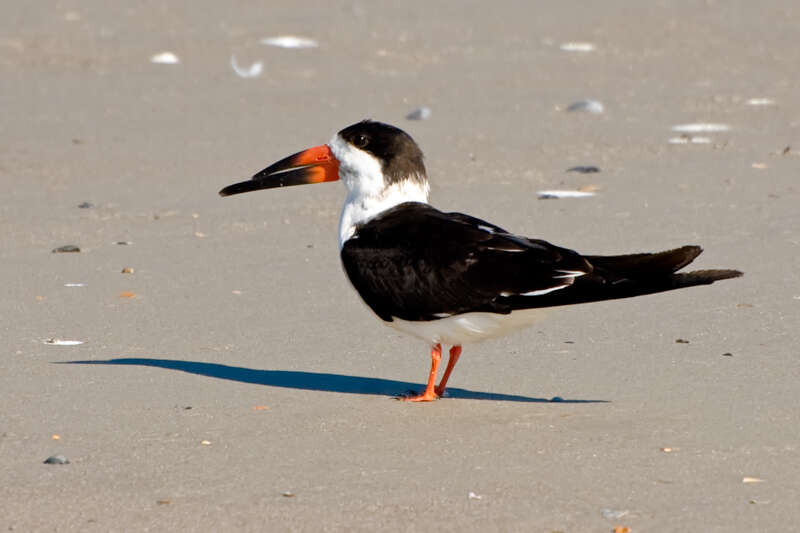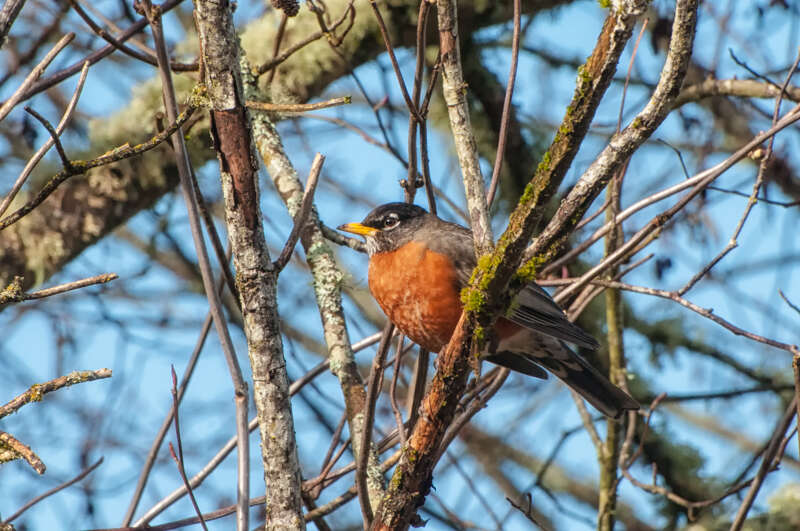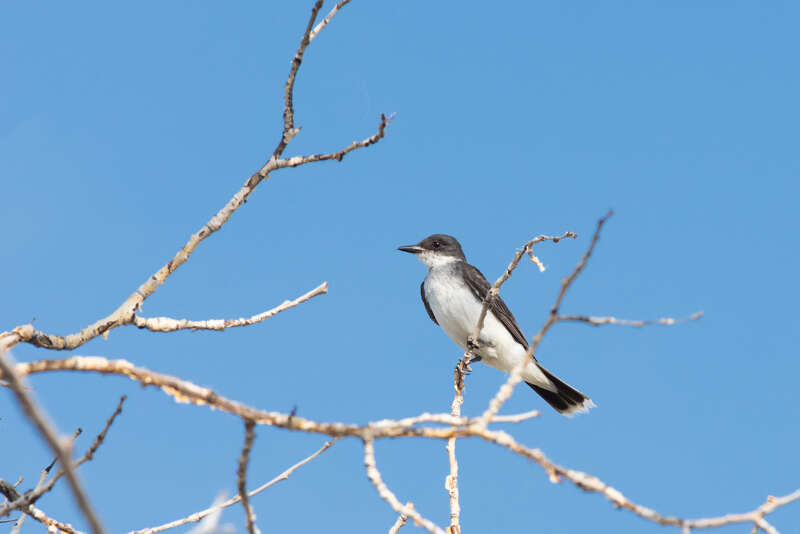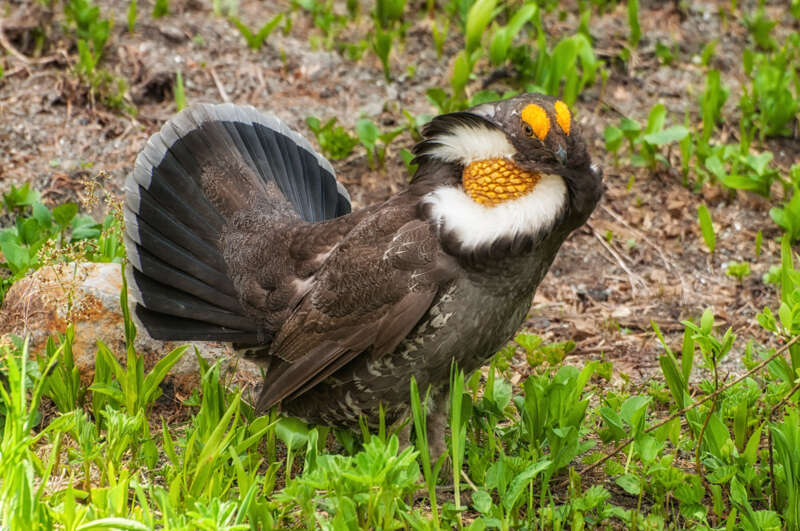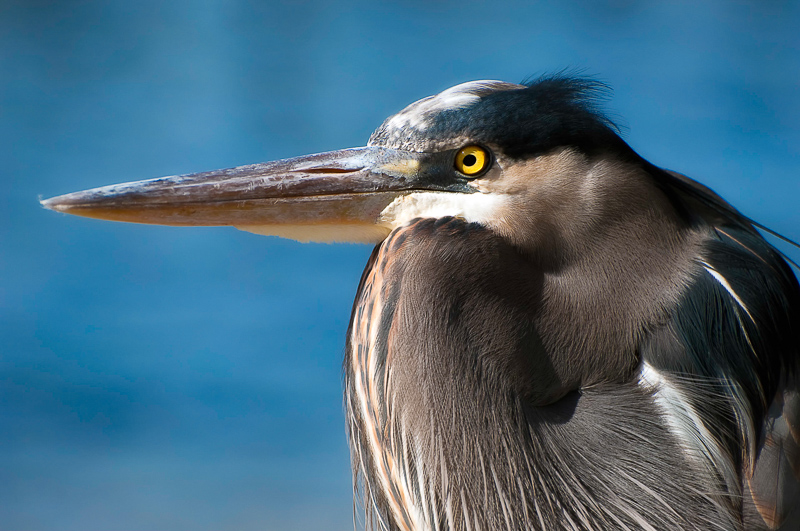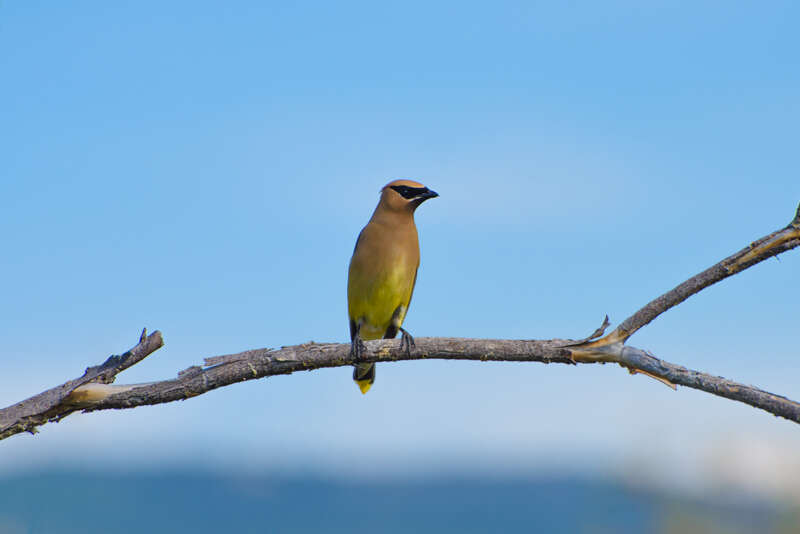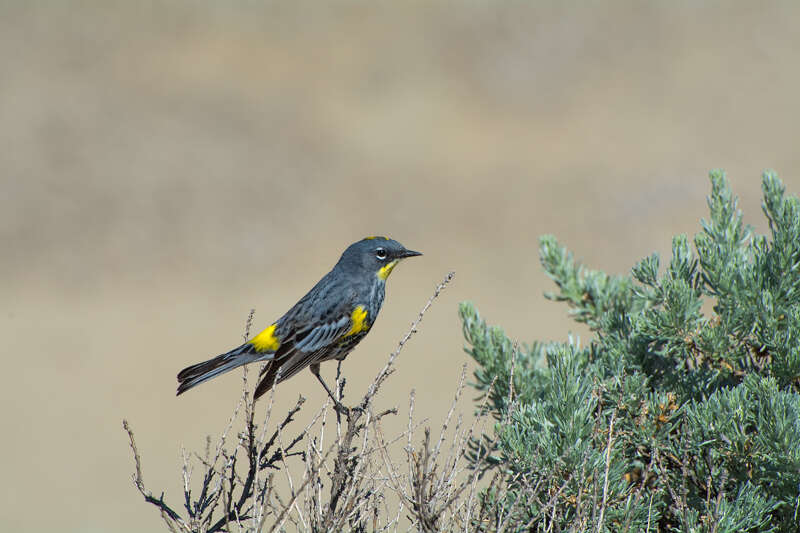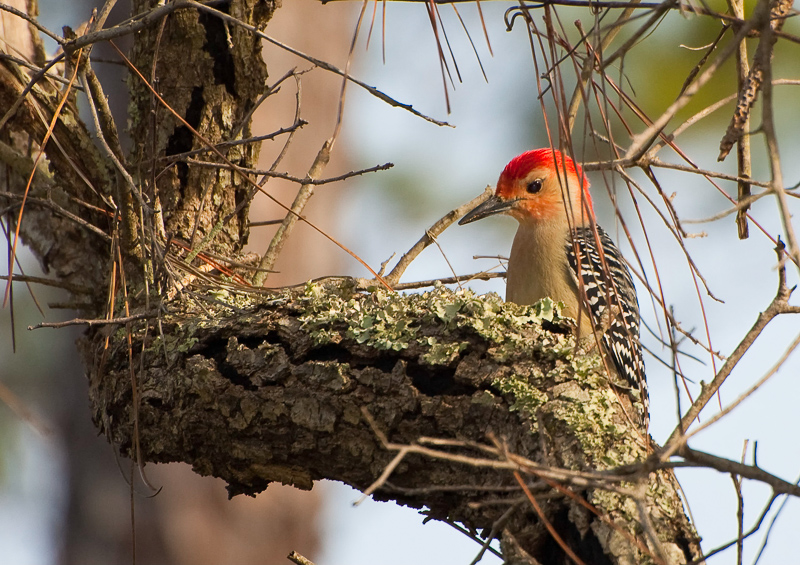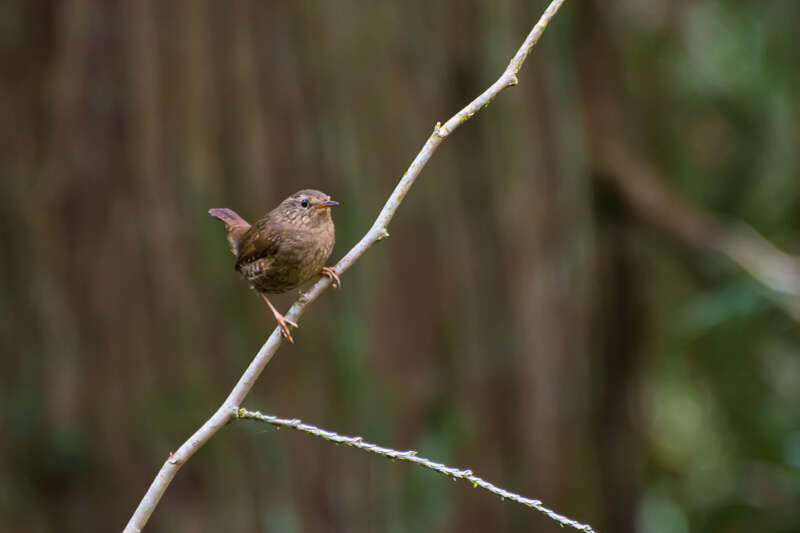Birds N-W
New World Sparrows and Allies
Family Emberizidae includes new world sparrows, towhees, and juncos. They are a large family of mostly small birds with short conical bills that eat seeds and insects and live in brush, grassland, marsh or woodland habitats.
Owls
Owls (families: Strigidae, Tytonidae) are mostly solitary and nocturnal predators, feeding on small mammals and insects. They have hooked bills, sharp talons, forward-facing eyes with circular facial discs and are adept at silent flight.
Parrots and Allies
Although there are no remaining native parrot species (Psittacidae) found today in North America, several non-native species can be found in small flocks – typically breeding escapees from the pet trade that have filled new local ecological niches left open by recently extinct native species.
Pelicans
With a fossil record dating back some 30 million years, the distinct-looking pelican (Pelecanidae family) is a large waterbird inhabiting coastal and inland waters. All species have a very long bill with a peculiar and often colorful throat pouch that is used when hunting to scoop up their prey from the water in a manner similar to using a net.
Pigeons and Doves
Pigeons and Doves (family Columbidae) are medium-sized birds with small heads and short legs. They feed on seeds and fruit, give low cooing calls and bob their heads when they walk. Familiar to most people, feral rock pigeons are common city dwellers.
Plovers, Oystercatchers, Stilts and Avocets
This is a large, varied group of birds with differing features. They mostly inhabit coasts and ponds and feed on small aquatic prey and invertebrates. (Families: Charadriidae, Haematopodidae, Recurvirostridae).
Sandpipers
These waders (family: Scolopacidae) vary in size and features, but generally have thin bills, long legs and dull plumage. They feed on small invertebrates on beaches and mudflats. Different bill length allows different species to forage in the same habitat without competition with each other.
Shrikes and Vireos
Shrikes (family: Laniidae) are medium-sized predatory birds with hooked bills, they catch insects and small vertebrates up to the size of mice. Vireos (family: Vireonidae) are small birds with thick bills, dull plumage and usually a light eye-stripe. They live in forest habitats and feed on insects and some fruit.
Swallows
Swallows (family: Hirundinidae) are distinct-looking birds. They have very short legs and bills. Their long and pointed wings make them very efficient and maneuverable flyers that feed on insects caught in flight.
Tanagers, Cardinals and Allies
These birds are small to medium-sized with thick bills. They live in wooded or brushy habitats and feed on insects, fruit and seeds. Males are usually brightly colored. They include tanagers (family: Thraupidae) and cardinals, buntings, grosbeaks and dickcissel (family: Cardinalidae).
Terns and Skimmers
Terns and skimmers (Families: Sternidae and Rynchopidae respectively) are seabirds with long pointed wings, straight pointed bills and short legs. They feed almost exclusively on fish by plunge-diving, catching prey from the water surface, or skimming the water while flying, depending on the species.
Thrushes
Birds of family Turdidae include robins, bluebirds, and thrushes, and are known for their beautiful songs. These short to medium-sized birds have short blunt bills and long legs, they feed on insects, snails and fruit in wooded, brushy or open habitats.
Tyrant Flycatchers
Tyrant flycatchers (family: Tyrannidae) got their name for catching insects in midair in short flights from a perch; some also eat berries. This is a very large group of birds and they vary in size, habitat and features, but most of them have dull plumage and short broad bills. Some species can look so similar that voice is the main identification factor in the field.
Upland Game Birds
Grouse, Quail, Partridge, Turkey, Ptarmigan. This beautiful and often secretive group known and loved by hunters and food-lovers alike is usually found across North America combing the ground in small flocks and coveys feeding on vegetation, seeds and sometimes insects. When startled, they will take to the air in explosive group takeoffs.
Wading Birds
Egrets, Bitterns and Herons. Find water at low elevation anywhere in North America and you are likely to find a solitary egret or heron, silently hunting for fish or frogs – exactly the same as they have done for millennia. This gallery also includes their elusive and secretive and close cousins: the bitterns!
Waxwings, Silky-Flycatchers and Starlings
Phainopepla, Waxwings, Starlings, Mynas, Silky-Flycatchers. Medium in size, these attractive songbirds often sport a black mask and typically are seen in large flocks stripping local trees and bushes of their ripe berries and fruit. Many of the species found in North American in the wild are native, and other species have naturalized over the years (especially starlings) and can be found in the wild across the continent.
Wood-Warblers
Redstarts, Ovenbirds, Warblers, Yellowthroats, Chats, Parula. These small beautiful songbirds with often strikingly contrasting patterns and bright colors are usually seen actively hunting insects, nipping on berries or even sipping nectar from wildflowers with their short, pointed bills as they migrate with the seasons across North America.
Woodpeckers
With their chisel-like bills and distinctive high-contrast plumage, woodpeckers not only shape their surroundings to create their preferred environment, they leave behind holes and hollows in living and dead trees that are beneficial to other wildlife such as owls and squirrels that share their specific habitat.
Wrens
Nearly always seen singly, wrens live an active yet solitary life poking around trees, rocks and other structures for insects, berries, and other fruits with tails held high, using highly adapted bills specific to their species to search out a meal.


